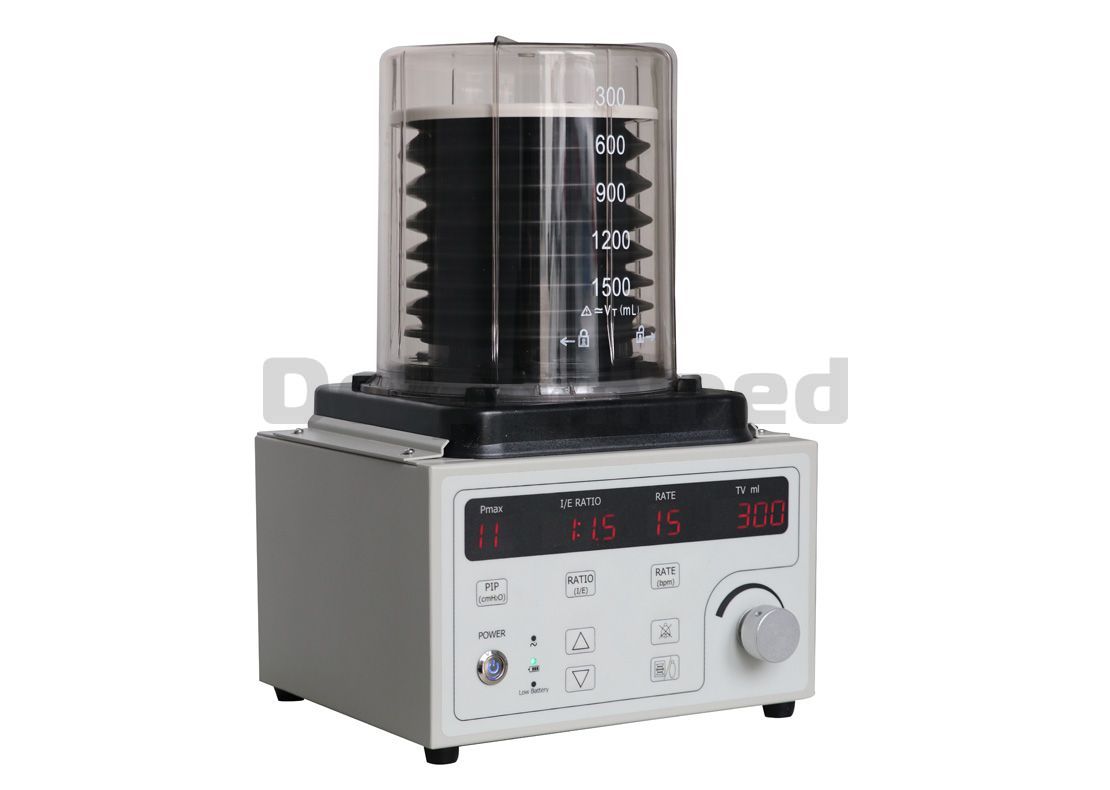Low-flow Anesthesia is One of the Future Development Directions
At present, new volatile anesthetics (sevoflurane, desflurane), which are safer and easier to control the depth of anesthesia and have fewer side effects, have been widely used, but their drawbacks are large dose, high price, and easy to pollute the environment. Disadvantages, requiring anesthesia machine to do low-flow, closed-circulation anesthesia, can also solve the problem of hypoxia caused by low-flow anesthesia, and ensure patient safety, reduce the amount of anesthetic, reduce drug costs and reduce environmental pollution.
Low flow anesthesia has the following requirements for Modern Anesthesia Machine:

(1) There must be a precisely controlled low flow meter;
(2) It can count the gas and anesthetic consumption of surgical anesthesia, and requires an electronic flowmeter and an electronic anesthetic gas evaporator to provide information on the amount of gas and anesthetic;
(3) reduce the amount of mechanical dead space in the breathing circuit to facilitate rapid correction of hypoxia caused by low flow anesthesia;
(4) Effective oxygen concentration monitoring, patient blood oxygen saturation monitoring, timely detection of hypoxia caused by low-flow anesthesia;
(5) Configure the gas monitoring module to detect the low-flow anesthesia, the concentration of fresh gas is diluted and cause the patient's inhaled gas concentration to be low.
For more information on ICU Anesthesia Machine, please visit our website, http://www.dolphinmed.com






 English
English  French
French  Chinese
Chinese  Spanish
Spanish 














